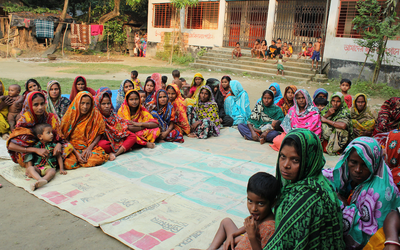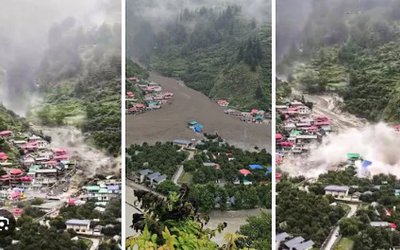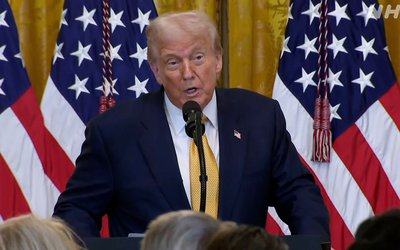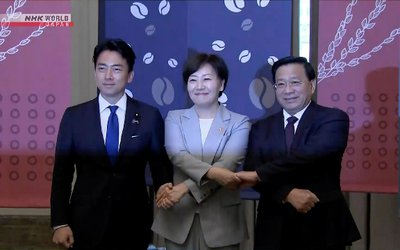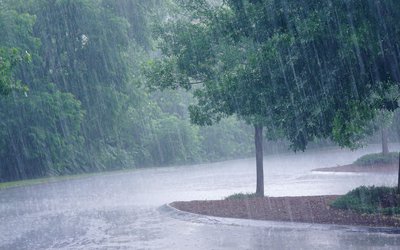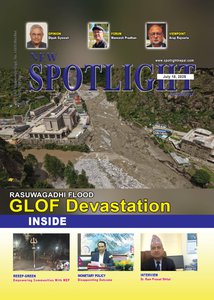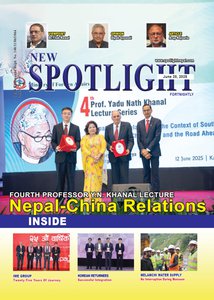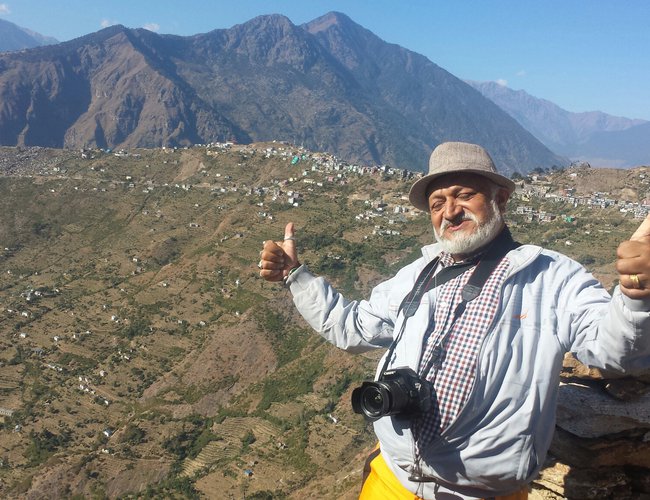
With the exception of the late King Mahendra and his ancestor Prithvinarayan Shaha, most rulers of Nepal have struggled to understand and appreciate the country's ecology. Following King Mahendra, Nepalese rulers have faced various challenges related to regional, ethnic, and gender issues, with the transition to a federal republic political system posing significant threats. It is important to reevaluate the reign of King Mahendra and the strengths and weaknesses of the Panchyat system in Nepal. Instead of incorporating Annex-4 into the 2015 Constitution, the current government should consider restructuring the 75 districts of New Nepal. There are lessons to be learned and aspects to be discarded from the past.
In the decade following the end of the Rana oligarchy (after theDelhi agreement of 1951), five Prime Ministers in Nepal failed to establish a democratic system. Despite the trust placed in them by the monarchy and the people, leaders such as Matrika Prasad Koirala, K. I. Singha, Tanka Prasad Aacharya, Subarna Shumshere Rana, and B. P. Koirala were unable to bring about lasting democratic reforms. King Mahendra then took power and implemented the Panchyat system, a party-less system that lasted for three decades. His successor, King Birendra, also struggled to govern democratically, despite a mandate from the Nepali citizens through a referendum in 1981. The Panchyat system eventually collapsed in 1990.
The so-called World Model Constitution of Nepal (1991) did not succeed in establishing democratic norms and values or upholding the rule of law. The decade-long insurgency known as the People's War (Maoist insurgency) eventually led to the overthrow of the constitutional monarchy and parliamentary system, resulting in the current federal democratic republic. However, challenges persist. Despite numerous attempts, including the drafting of six constitutions, the government has failed to meet the needs and demands of the people in the mountainous and Terai regions of Nepal. This failure highlights a lack of understanding of Nepal's diverse ecology. The people in the western mountainous regions and the Madheshi activists in Province-2 (Madhesh Pradesh) remain marginalized from the mainstream governance system. Despite various alliances and coalitions, the underlying issues remain unresolved, creating a persistent national dilemma.
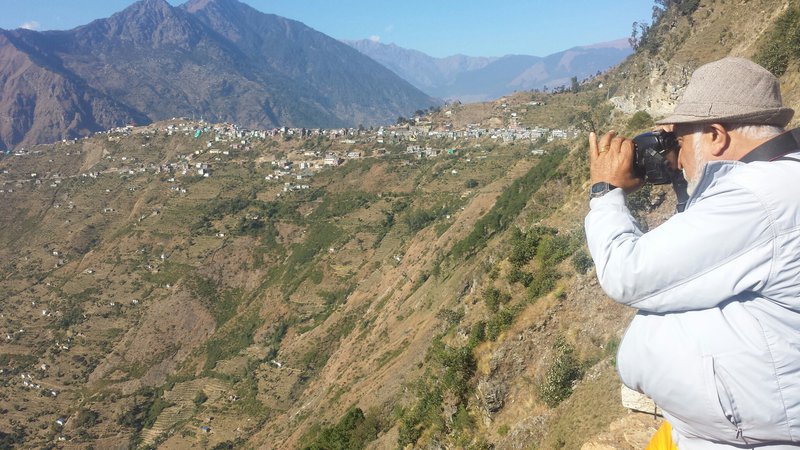
Nepal is a country known for its diverse characteristics. The country's geographical features, social and religious complexities, geopolitical challenges, and varied ethnic groups present a unique set of challenges for its leaders. Over the years, political parties like the Nepali Congress and the Nepal Communist Party have been given the opportunity to govern by the Nepali people. Despite this, no party has been able to successfully lead the country for a full term. Nepal has experimented with various development projects and received significant financial aid from countries like the United States and India. However, the results have been mixed, with issues such as political instability, insurgency, and changes in government systems persisting. The country has transitioned from a unitary to a federal system and abolished the monarchy. Amidst all this, Nepal's neighbors have remained largely silent, leaving many to question the root causes of these challenges.
The prosperity and well-being of our neighbors to the south and north, India and China, are flourishing. The people living along the border of Nepal have been feeling a sense of unease. The traditional barter economy of the northern Nepalese people has had to adapt to a new commodity-based economy without quarantine facilities with Tibet/China. We are now in a new era of national road networks after the construction of the Kharpunath bell bridge over the Karnali River in Humla. Several south-north road corridors have connected three nations. The agricultural production and subsidized farmers in India have influenced the people in southern Nepal. The voters in this region are more concerned with immediate development issues and local problems rather than political ideologies. People frequently move across borders for various reasons, such as migration for better opportunities. Unfortunately, corruption and discrepancies are widespread in Nepal, and the citizens have been under family rule since the country's unification in 1779. A ruler should have independent thoughts, a strong network of security and media access, and a team of expert advisors. It is not just party cadres or followers who should be by the ruler's side, but a group of knowledgeable counselors.
Under the watchful eye of the central authority, governance systems in the hills and throughout the country remain intact, with the exception of the self-rule in the western mountain region and Province-2 in the Tarai. It is puzzling why the so-called representatives are unable to effectively govern these areas, as they seem to have little influence on central and local governance. Despite electing popular representatives, constituents from these regions often face challenges such as low awareness, deceitful politicians, and voters being kept in the dark. This has resulted in a breakdown of trust between the rulers and the ruled, exacerbated by the misuse of development grants, tax funds, and corruption. The hope is that the newfederal system, with its three tiers of government, will bring about positive change in the future. The 2015 federal republic constitution has granted significant power to local governments, allowing them to address past grievances and maintain order. It is crucial for local officials to exercise their authority responsibly for the benefit of their constituents and the nation as a whole, without relying solely on the central authority or external partners for guidance.
- The Karnali River and its Usages: An Aquatic Potentiality
- Aug 10, 2025
- A Day at the Hunting Mine
- Jul 25, 2025
- Spiritual And Religious Significance Of Tourism In Humla Karnali Region
- Jun 25, 2025
- A Two-Day Trek: Jumla-Rara
- Mar 28, 2025
- Rafting In The Karnali River
- Aug 31, 2024


